Good news / bad news
We get it. It’s hard to start flossing.
Comedy legend Mitch Hedberg (RIP) agrees:
Are you looking for that one weird trick that makes it effortless to build a flossing habit? Good news, bad news: while this article will take you from frustration to action, there’s no clickbaity silver bullet. You still need to put in the work — at least until robots solve the problems that truly matter (think WALL-E, not ChatGPT).
We’ll make it easy to mobilize and see results.
Why brushing isn’t enough
Flossing might seem like a ploy by the Big Flossing Industry to profit from stealing your last moment of pre-bedtime joy. You might think, “Work hard all day to pay the bills, only to reward myself with discomfort? Is brushing really not enough? I’m no fool!”
Did you know that brushing only cleans 65% of your teeth surface? Dental floss can reach the remaining 35%. When you skip flossing, you leave tiny food particles between your teeth and gums in the spaces that brushing can’t reach. This causes gum inflammation that leads to serious medical conditions in your mouth, as well as the rest of your body.
What happens when you don’t floss… and other scary bedtime stories
Have you seen the deliberately shocking anti-smoking ad campaigns, with powerful photos depicting smoking’s health consequences? The CDC reports that its 2012 ad campaign helped over 100,000 people permanently kick their smoking habit. The messaging was simple: while quitting might be hard, the alternative is much worse.
Same with flossing. While building the habit is tough, it’s much easier than not flossing — just 1 minute a day of flossing reduces several major risks.
What happens when you don’t floss?
- Bacteria throw a party and create acidic toxins: food particles and bacteria can become trapped between your teeth and unreachable by brushing. So the bacteria throws a party, feeding on the sugar and acid left behind and creating acidic toxins — gross!
- Plaque forms and causes swelling: these acidic toxins form a difficult-to-remove film called plaque, which causes red, swollen gums that represent early-stage gum disease (gingivitis).
- If untreated, plaque hardens into tartar and causes severe inflammation: tartar is only removable with professional cleanings. Without appropriate treatment from dental professionals, tartar causes severe gum inflammation where your gums irreversibly pull away from your teeth (they “recede”). This represents advanced gum disease (periodontitis).
- Severe inflammation can lead to bone and tooth loss: these irreversible pockets between your teeth and gums allow more and more bacteria to erode the tissue surrounding your teeth, eventually leading to infection, bone loss, and tooth loss. This degree of inflammation is managed with expensive, unpleasant professional intervention that prevents further damage and pain (e.g., deep cleanings or even surgery).
How gum disease progresses — the textbook illustration
Source: National Library of Medicine

How gum disease progresses — the real-life photo example
Source: ADA

How to build the habit in 21 days
It’s clear that flossing is a Very Important Habit to Form. Here are the 5 key steps:
Goal-setting is an important first step. You might be familiar with SMART goals (see Harvard, WebMD) from the workplace: these goals are designed intentionally to be Specific, Measurable, Achievable, Relevant, and Time-bound. By setting and pursuing SMART goals, you’re more likely to achieve your desired outcomes. For example:
→ Typical (non-SMART) goal: start flossing every day
→ Example SMART goal: floss for 1 minute daily for Y straight days
One minute of daily flossing is all you need, and including this “1 minute” in your goal reminds you that it’s only a small time investment (i.e., Achievable and Time-bound).
So how many days does it take to form a habit? Although the common advice of 21 days is a myth arising from misinterpreting the results of a 1960s scientific study. The real answer is anywhere from 18 to 254 days, depending on many factors (e.g., the person, the reward for the action). So 21 days is more like a minimum requirement.
However, momentum is a powerful psychological motivator. There’s value in setting an Achievable goal of 21 days and then following through with it. After achieving 21 days, reflect on your progress and set a new goal that makes sense (e.g., 1 minute daily for 2 months, or until an upcoming holiday or milestone).
Proposed SMART goal: floss for 1 minute daily for 21 straight days
You’re much more likely to build a flossing habit if you connect the habit to your values (i.e., your “why”). How many times have you told yourself “I’m going to do X because it’s good for me” and then proceeded to not do that thing? Consider how the habit will benefit you, beyond simply “it’s good for me.”
Are you more motivated by the benefits of doing something or the avoiding costs of not doing it? Research shows that humans are more motivated by avoiding losses than by pursuing gains. You should decide what “why” is most powerful for you, considering these examples:
Pursuing benefits:
- Smile confidently
- Be as healthy as possible
- Spend your money on things other than dental care
- Tell your dentist / hygienist that you’ve been flossing (it’s the truth!)
Avoiding losses:
- Avoid painful gum and tooth problems — if you haven’t already, click the above image thumbnails to see what gum disease looks like. “Out of sight, out of mind” is a dangerous approach with oral health, and the act of visually confronting the potential consequences can be a powerful motivator for behavior change
- Avoid expensive treatment resulting from gum disease-related issues
- Avoid bad breath from gum disease
- Minimize risk of systemic health issues tied to gum disease (e.g., heart disease, rheumatoid arthritis)
- Spend less time at the dentist
Check out visualization tips from Leo Babauta of Zen Habits, the popular minimalism blog. Pick the 1-2 motivators that are most powerful for you — that’s your “why.” Take 10 seconds to visualize these outcomes for yourself.
Flossing sure could use more cowbell — so make it more enjoyable!

Tips to make the flossing habit stick:
Track your habit
What gets measured gets managed, so track your daily flossing. Do it the analog way with pen and paper, Post-It notes, or 3×5 cards. Stick it in the bathroom (e.g., on the mirror). Or download an app: check out this list of 6 habit tracker apps.
Store floss in a visible spot
Friction is the #1 enemy of habit formation. Store your floss in a very visible, accessible place: on the counter right next to your sink, or next to your toothbrush. Definitely not in a drawer or bathroom caddy. If it’s not staring you in the face and you need to rummage around, you’re going to forget about it or decide not to bother.
Take a look at the gunk you remove
That’s right — actually take a look at the visible gunk that you scrape off with your floss, before you rinse it off in the sink. Imagine those food particles remaining on your teeth overnight. Gross! You can’t unsee it, and now you know it’s there.
Upgrade your tools
You no longer need to suffer old-school thin, mint-flavored floss. If you have gaps between your teeth, thicker / grippier floss (e.g., Cocofloss) is more effective. And so many flavor options! Ask your hygienist to suggest their favorite floss.
Unless your dental team specifically suggests that you use single-use disposable floss picks, try to avoid using them: the design makes it very difficult to properly reach all areas, and often cuts into patients’ gums. However, check with your hygienist or dentist about what is best for you, considering your specific health situation.
If you’re truly struggling to build a habit with string floss, the next-best alternative is using an ADA-approved water or air flosser. These tools spray a pressurized stream of water (e.g., a waterpik) or air to remove particles around your teeth — many people actually enjoy the gentle massaging sensation.
Listen to music or a podcast
Why not listen to a favorite song or podcast? You’re more likely to stick with flossing if you don’t see it as “dead time.”
Make it a mindfulness snack
Use the few minutes of brushing and flossing as a “mindfulness snack,” where you focus on your breath to wind down after a busy day.
Experts say that new habits form much more easily when tied to existing habits, which is called habit stacking (see New York Times, WebMD). You can tie flossing to nighttime brushing:
Every time I brush my teeth at bedtime, I will floss for 1 minute.
According to James Clear, author of NYT bestseller Atomic Habits, “By linking your new habits to a cycle that is already built into your brain, you make it more likely that you’ll stick to the new behavior.”
Edit your self-talk from “Every night I brush” to “Every night I brush and floss.”
Good news: science knows that life happens and wants to give you a break. You can miss a day without reducing the chance of building the habit. However, make sure that you don’t miss two days in a row; that’s when habits truly slip.
Every day, look at your flossing habit tracker and make sure you’re not missing two days in a row. If you travel frequently, buy extra floss to keep in your travel kit, so you’re never without it — you’ll use it eventually, and a weekend without can tank progress.
This is how we do it
Check out this 1-minute video from the American Dental Association about proper flossing technique. There’s no shame in refreshing your memory!
During your next visit, ask your hygienist and/or dentist for tips specific to your mouth. You might need to adapt the technique if you have braces, implants, missing / broken teeth, etc. They’ll be so glad that you proactively asked! And they’ll gladly demonstrate proper technique, and problem solve your specific challenges.






